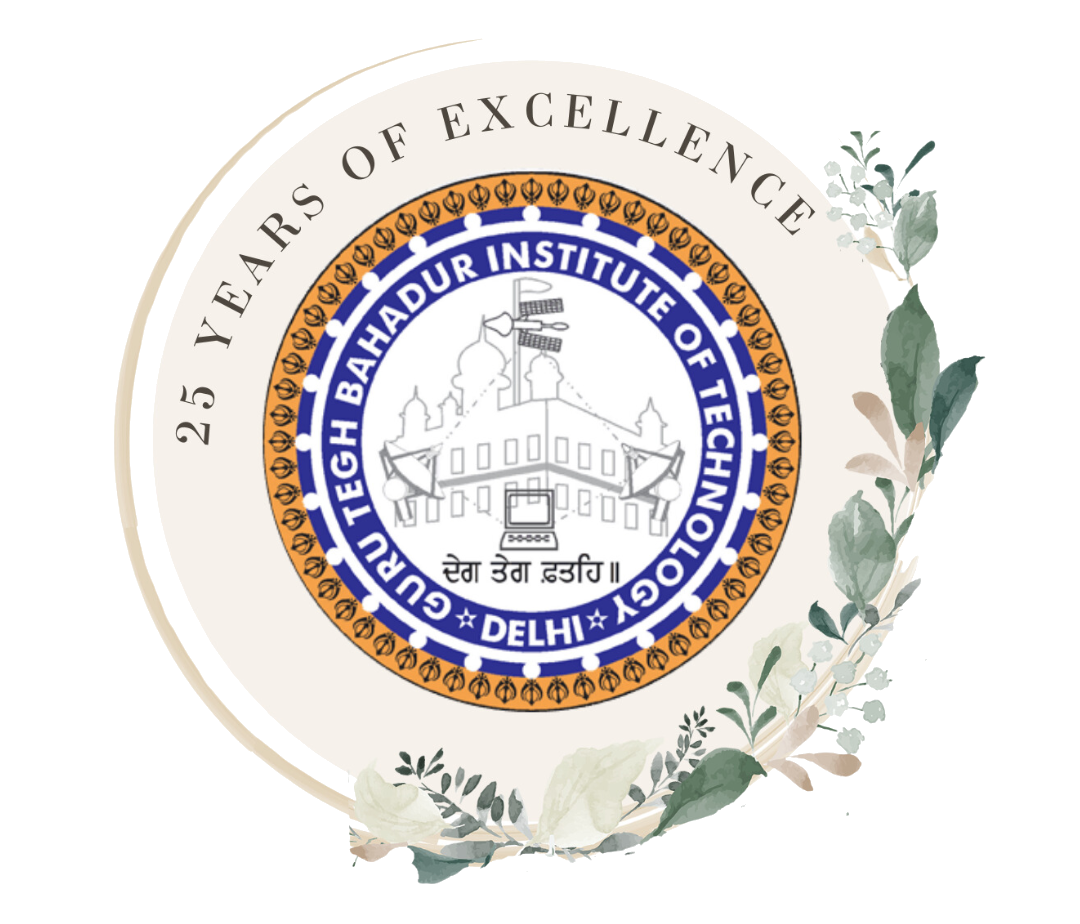Guidelines for Authors
A. Paper Submission
After logging in to our portal and clicking on the submit paper link, which can be found at Online Submission, authors will need to electronically submit their MS-Word compatible (.doc, .docx) papers. Following a successful upload, the author receives an acknowledgment email at the registered email address, a Unique Paper ID is assigned, and the paper is acknowledged on the screen by our automated Paper Submission System. In all subsequent correspondence, authors must cite or refer to the paper ID.
B. Page Layout and Paper Format
Authors must adhere to the following MS-Word (.doc, .docx) format when preparing and formatting their papers:
- All manuscripts must be in English and in MS-Word (.doc, .docx) format.
- The total length of the paper, including references and appendices, must not exceed six (25) Letter Size pages. It should be typed on one side with double column, single-line spacing, 10 font size, Times New Roman, in MS Word (.doc/.docx).
- The top margin should be 1.52 cm, bottom 1.27 cm, left 2.03 cm, and right 2.03 cm. Page layout should be portrait with 0.5 Header and Footer margins.
- Different headers and footers for odd and even pages and a separate first-page header/footer are required. Authors should not add anything in the footer.
- The title in bold should appear in single column on the first page in 16 Font size, followed by the author(s) name in 12 font size, affiliation in 10 font size, and email in 9 font size, all centrally aligned.
- Use the "spell-check" and "grammar-check" functions of the word processor to avoid errors.
- References should be typed in single-line spacing, 9 font size.
C. Structure of Paper
The structure of the paper should be based on the following details:
- Title: Should be concise and informative. Avoid abbreviations and formulae as much as possible.
- Authors’ Names and Affiliations: Present the authors' affiliation addresses below their names.
- Corresponding Author: Clearly indicate the corresponding author who will handle correspondence at all stages.
- Abstract: A concise abstract not exceeding 180-240 words is required. It should state briefly the purpose, methods, main results, and conclusions.
- Keywords: Provide 5-10 keywords under the heading "Index Terms".
Nomenclature
Define all abbreviations used and present a list in the Nomenclature section. Ensure consistency of abbreviations throughout the article.
Subdivision - Numbered Sections
Divide the article into numbered sections as I, II, III, etc. with headings in CAPITAL LETTERS. Subsections should be numbered (e.g., I.I, I.II) and titled in Title Case.
Content Sections
- Introduction: Introduce the study's importance and link it to relevant literature.
- Related Work: Describe previous research works.
- Methodology: Detail your proposed methods, models, or techniques.
- Results: Present findings in tables, graphs, or figures.
- Discussion: Discuss the significance of the findings and relate them to other work.
- Conclusion and Future Scope: Summarize conclusions and future work.
- Appendix: List multiple appendices as A, B, etc., with separate numbering for equations, tables, and figures.
References
List and number all bibliographical references in 9-point Times, single-spaced, at the end of your paper. Refer to references in text by their number in brackets (e.g., [1]). Only book, journal, and conference papers are accepted.
Author Biographies
Include a biography (up to 100 words) for each author at the end of the paper, following the order of authors.
D. Copyright
All accepted papers belong to IJTIS. Authors must submit a signed Copyright Transfer Form before publication.
E. Final Proof of the Paper
The corresponding author will receive one set of page proofs via email for final corrections. Please ensure that all corrections are sent in one communication within 5 days.

